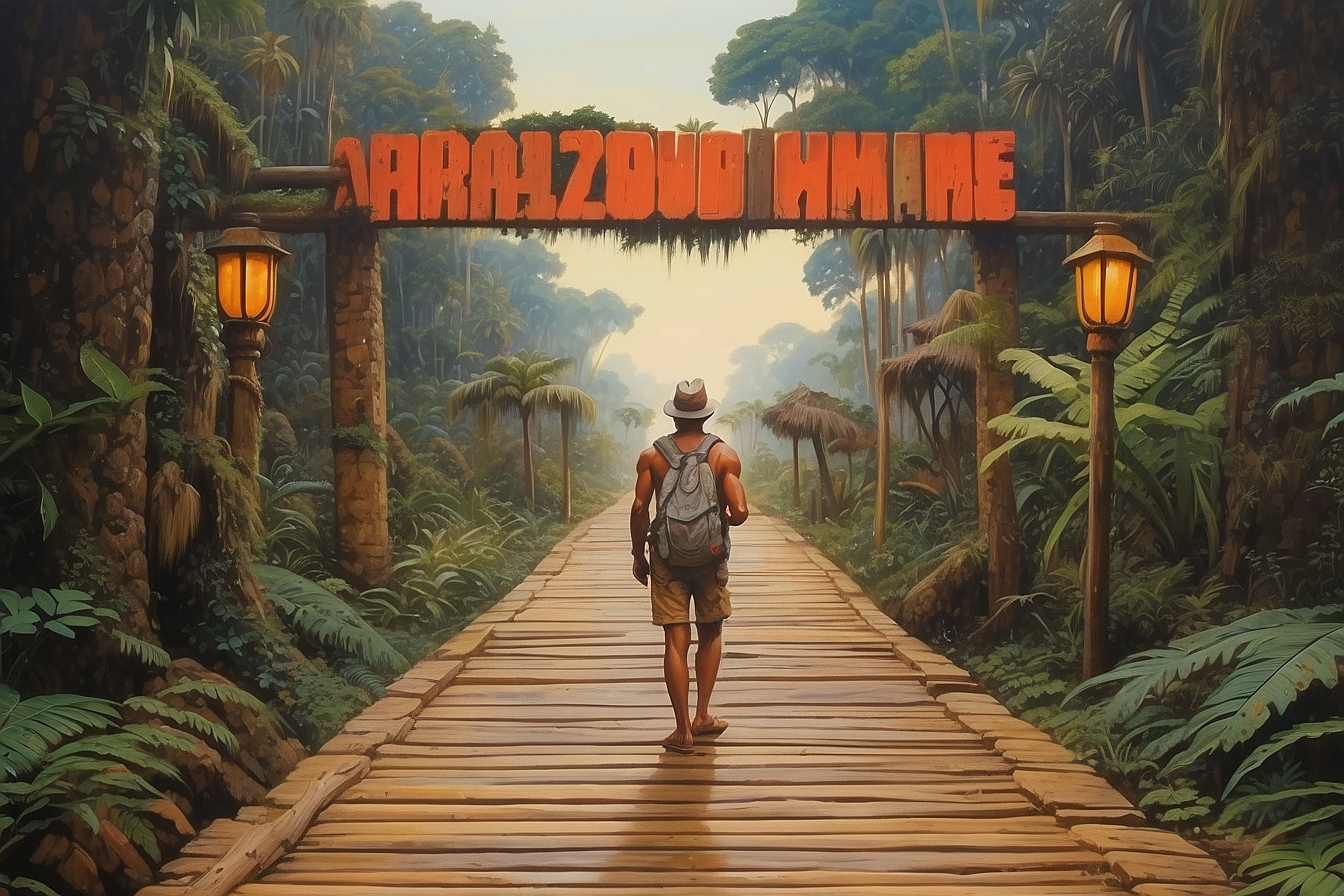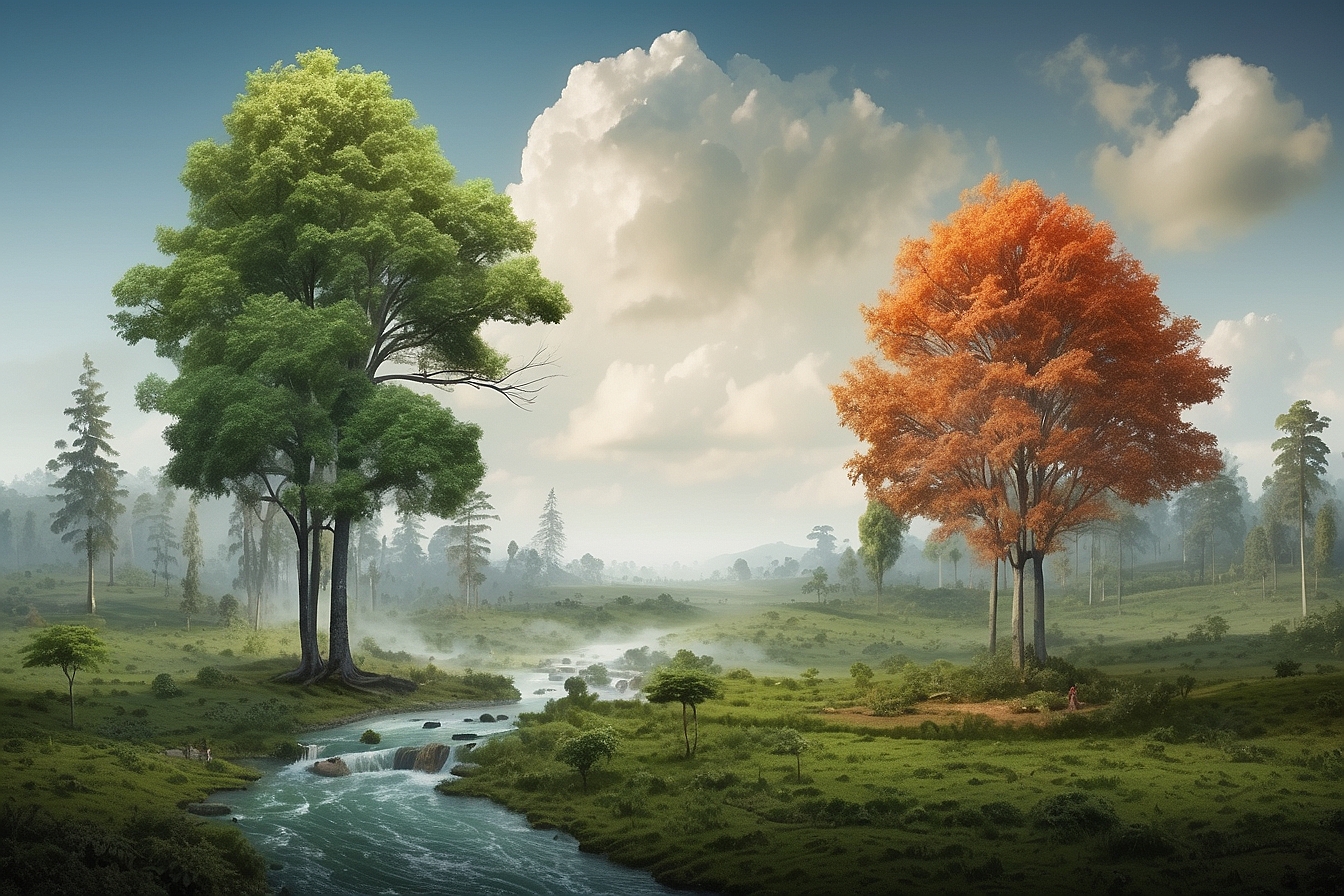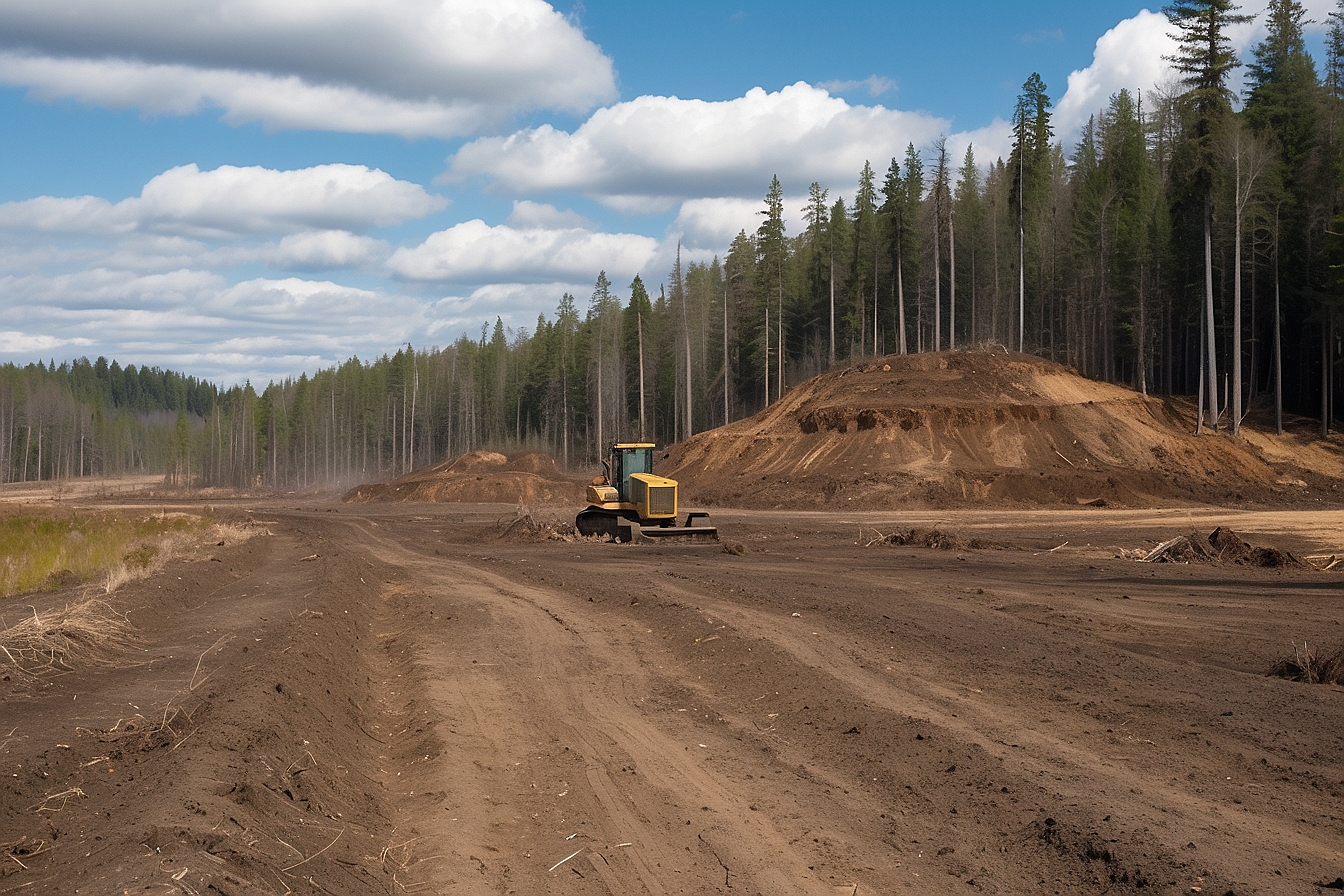I believe land to be one of America’s great assets. Other countries may have thousand year-old cathedrals, cobble-streets, amongst many other national treasures, but the United States has land. Million-year-old geologic formations are our cathedrals, and our national parks, forests, and monuments pay tribute to and preserve these natural wonders for generations to come. I have been fortunate enough to experience a great deal of what this country’s land has to offer, having grown up camping, skiing, and fishing outdoors. The older I get, the more national parks and monuments I check off my list: the Grand Canyon, Grand Tetons, Bryce Canyon, Yosemite, Yellowstone, Redwood, Lassen Volcanic, Pismo Beach, Zion, and Canyon Lands, just to name some! I also grew up with a “leave no trace” ethic—the core principles of which are as follows:
- Plan Ahead and Prepare
- Travel and Camp on Durable Surfaces
- Dispose of Waste Properly
- Leave What You Find
- Minimize Campfire Impacts
- Respect Wildlife
- Be Considerate of Other Visitors

These principles taught me to respect nature rather than take advantage of it. Learn how to incorporate the “leave no trace” ethic into your travel here!
- “Take A Green Vacation”, and
- “National Parks in the US Ecotourism at its Best”
Recently I have come to appreciate using land in ways that I never would have imagined when growing up. Last month, for the first time in my life, I rode a snowmobile and a sand rail in the same week, which is an amazing feat considering I only drove a few hours to do both—isn’t California amazing?! When I was younger, I viewed these machines as invasive and disrespectful towards others attempting to gain sanctuary in the mountains. But who is to say driving machines in the wild is a “misuse” of the land? This is America’s land, and if that is what Americans want to do with it, then is it not their right? This begs the bigger question: Can we harvest all of the trees and use them for lumber, forest management technique? America was on that track until Gifford Pinchot, the first head of the U.S. Forest Service in 1905, realized that there would be nothing left and took action to conserve the nation’s resources. Regardless of whether people believe trees are present for human consumption or not, without a “conservation ethic” the steady extraction of trees and resources through time is not possible.
Forest “Conservation Ethic”: Pinchot coined this term, and this philosophy attempts to manage the environment such that nothing is ever depleted. I relate it to living sustainably. If society demands a certain resource, then we have to utilize it in a manner that leaves enough for future generations’ desires as well. Pinchot embraced the concepts of “multiple-use” and “wise-use” land management based on the notion that since this was every taxpayer’s land, the land use must be balanced, and every attempt must be made to ensure “the greatest good for the greatest number in the long run.”2 Under the Federal Land Policy and Management Act of 1976, multiple-use policy is defined as: “the management of public lands and their various resource values so that they are utilized in the combination that best meets the present and future needs of the American people.”3
Wise-Use: The phrase “wise-use” has changed since Pinchot’s coining of the term, with groups now rallying behind it as a call to expand private property rights and reduce the role of government in regulating public lands.4 This movement supports some ideologies that align with the Republican party and held support from Ronald Reagan until he become the President, at which point he lessened his role in the “rebellion.”5 The modern day wise-use movement emerged out of the “sagebrush rebellion,” which was a movement in the late 1970s that attempted to gain public land back from the Federal government. Eleven states tried to gain ownership of public land because they “felt the land was rightfully theirs and that they could better utilize the land through extrapolation of resources.”6
The Federal government owns nearly a third of U.S. lands, but this number is much greater in the Western part of the country.8 Thus, most of the support for the wise-use movement occurs in the Western United States. The movement supports eliminating environmental-conservation regulations and opts for unrestricted logging, grazing, drilling, and mineral extraction—even in national parks and wilderness areas.9 Not surprisingly, the movement is largely funded by corporations, and they seek to reverse or eliminate laws such as the Clean Air Act, the Clean Water Act, and the Endangered Species Act.10 They have also been criticized as simply anti-environmental, since the movement spawned in response to the environmental legislation of the 1960s and 70s. Then there is the other side of the coin, often referred to as “deep ecology.”
Deep Ecology: This term was coined in 1972 for the environmental movement started by the Norwegian philosopher Arnie Naess.11 Deep ecology strives to restructure how humans view their role in the ecological world. Its proponents feel that humans should “develop a less dominating and aggressive posture towards the Earth if [they] and the planet are to survive.”12 They strive for human appreciation of the ecosphere with the goal of reduced environmental exploitation and a symbiotic relationship between humans and their environment. Some criticize this philosophy as too extreme, and claim it puts the needs of the environment before the needs of humans—you do not value the life of a tree to the same degree as the life of a human, do you? Such philosophies have also been associated with “eco-terrorist” groups, like those seen in the fictional book: The Monkey Wrench Gang (which went on to inspire the creation of Earth First!—a group accused of eco-terrorism).13 For more on eco-terrorism check out: “Eco-terrorism”
My Personal Perspective: If I were forced to align myself with either of these extreme philosophies, I suppose it would be deep ecology, but I also realize that it is unfair to expect this of everyone. It can also be flat out fun to use the land for more than photographing and admiring. The general principle is that people with conservative political ideologies advocate movements like wise-use, while someone labeled a “hippie” would likely support deep ecology. Pinchot is intriguing because of the balance of use and protection he advocated. He was a Republican, and generally opposed land preservation for the sake of wilderness or scenery, “a fact perhaps best illustrated by the important support he offered to the damming of Hetch Hetchy Valley in Yosemite National Park.”14 However, his management techniques, grounded in “conservation-through-use,” strike me as a perfect compromise through which public resources can simultaneously be utilized and protected.15 Inspired by Pinchot, I view living sustainably and cooperatively as key. There will always be opposing views, but ideally the government can work to balance a multiple-use agenda and the preservation of our public lands—everything from Yellowstone to the Pismo Beach Oceano Dunes.





